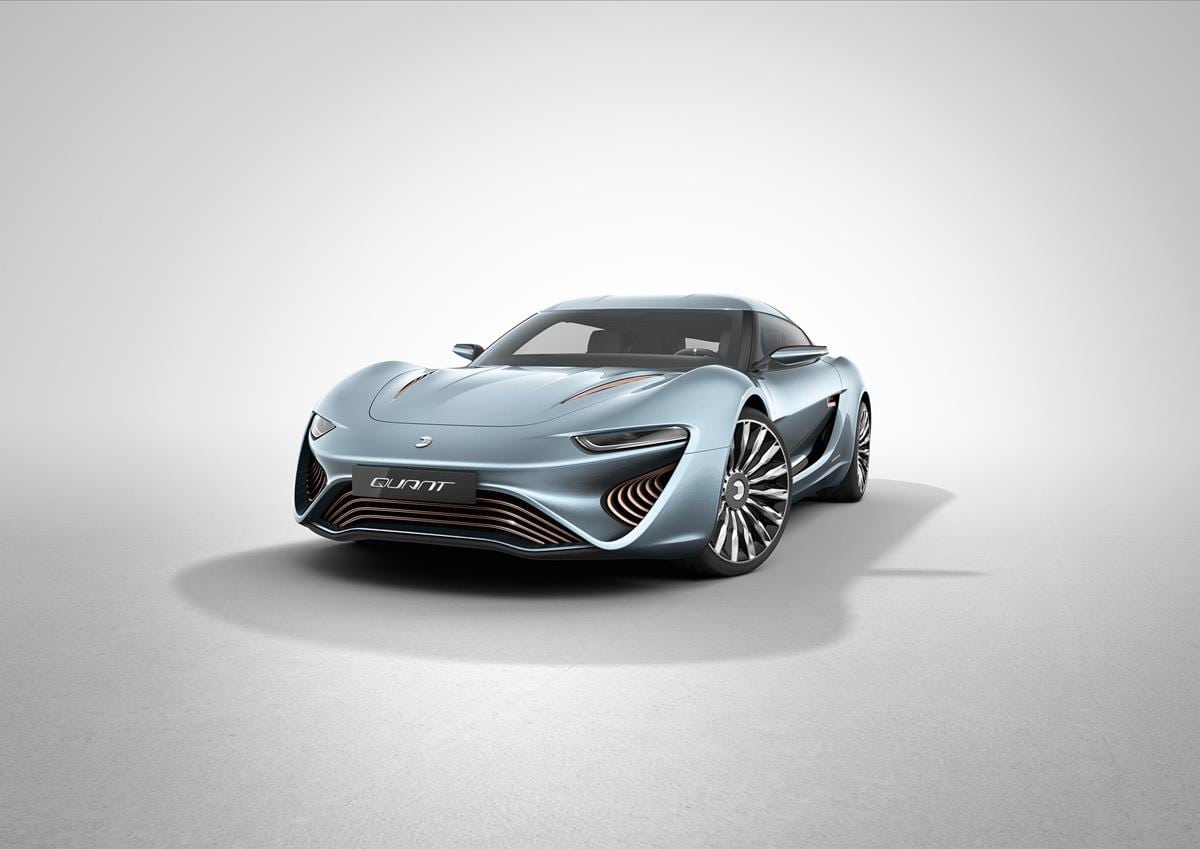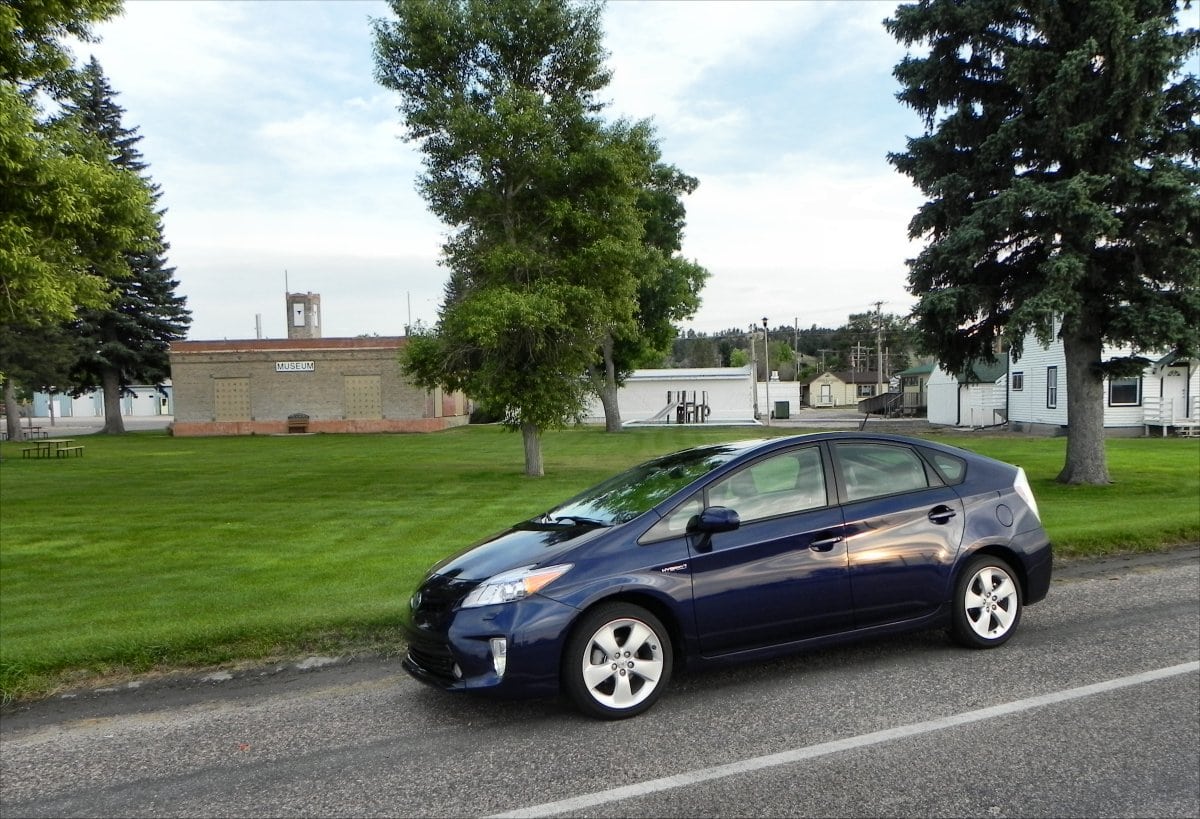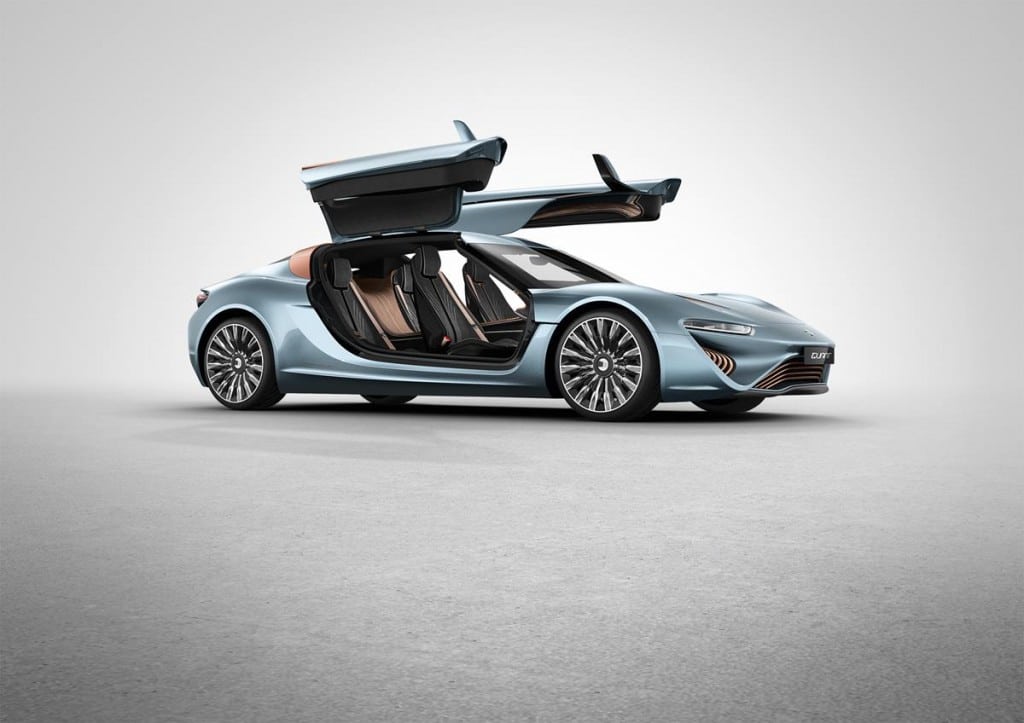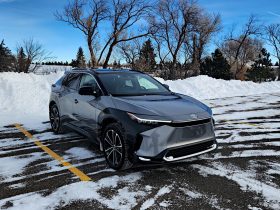Before you scoff at the idea of a car powered by salt water, think carefully about what makes salt water unique. Ions.
The e-Spotlimousine uses an electrolyte flow cell power system that just got certified for use on European roads. The car made its debut at the Geneva Motor Show this year with boasts about 217 mile per hour top speeds and extremely sport-centric handling with 0-62 mph times of 2.8 seconds and a maximum range of around 600 kilometers. Things akin to serious supercars with Italian and German names.
The system is relatively simple, when you boil it down to its basics. It’s called a nanoFlowcell and it consists of two electrolyte solutions paired against one another in a way similar to a chemical battery. In fact, this is a type of chemical battery, when you get to the brass tacks. The difference here is how much energy can be stored and released and how quickly both can happen. When the electrolytes are sent through flow cells, they do “cold burn” that causes oxidation and reduction, happening in parallel, giving off electrons in the process. The electrolytes are, at their base, salt water, which is naturally full of ions.
To recharge the car, the electrolytes need to merely be recharged, which can be done by exchanging them for charged electrolytes rather than by plugging in or refueling with flammable liquids or gases. The general idea of flow cell technology is not new, but if the nanoFlowcell technology works as promised, it will be a revolution in battery tech.
This short video, featuring a guy who’s probably Elvis every Halloween, explains the process in about a minute and a half:
http://youtu.be/nzrKZcbaMwA
The e-Sportlimousine itself is a two-door sports car that seats four. It’s powered by four electric motors which received their power from supercapacitors which are charged by the nanoFlowcell. This allows the cells to release power at a relatively steady rate as well as a storage medium for regenerative braking.
Now that they’ve received approval to drive the car on European roads, Quant plans to build the cars to meet European safety requirements and thus is in the process of tuning prototypes to those requirements, specifically German requirements, where they’ll be testing.






















